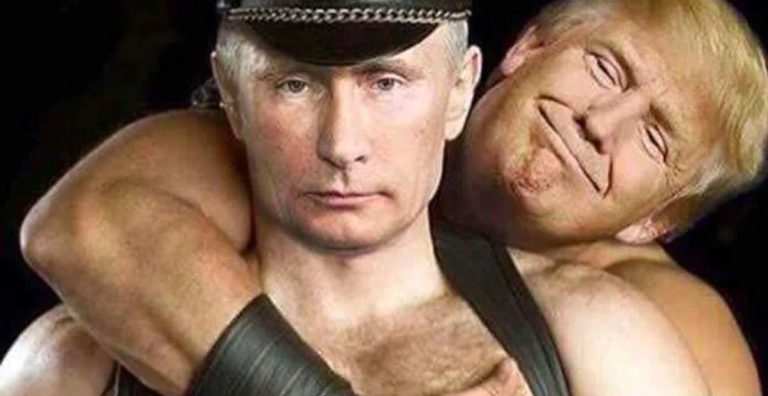
Red Carpet Diplomacy Falls Flat in Alaska Summit, Vlad Disappoints

New York, N.Y. – Not yet. On August 15, 2025, a carefully orchestrated summit at Joint Base Elmendorf-Richardson in Anchorage, Alaska, brought together U.S. President Donald Trump and Russian President Vladimir Putin in a high-stakes effort to address the ongoing Russia-Ukraine war.
Despite the pomp, including a red carpet, a military flyover, and a shared ride in Trump’s armored limousine, dubbed “The Beast,” the leaders failed to reach any substantive agreements, leaving the path to peace uncertain.
The summit, held at a U.S. military base in Anchorage, was marked by an extraordinary display of hospitality from President Trump. As Putin’s plane touched down, a red carpet stretched across the tarmac, flanked by four F-22 Raptor fighter jets. A B-2 Spirit stealth bomber, accompanied by F-35 escorts, roared overhead in a show of U.S. military might.
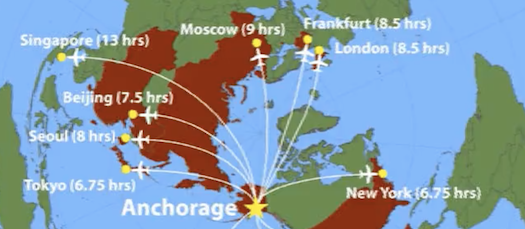
Trump clapped enthusiastically as Putin descended, and the two shared a prolonged handshake, patting each other’s arms and exchanging smiles.
In an unprecedented move, Putin joined Trump in the U.S. president’s limousine for a private ride to the summit venue, a break from protocol that raised eyebrows among diplomats.
Yet, for all the pageantry, the talks yielded no breakthroughs. Trump, who has repeatedly claimed he could end the Russia-Ukraine war in 24 hours, expressed frustration aboard Air Force One en route to Anchorage. “I’m not going to be happy if a ceasefire isn’t brokered today,” he told reporters, emphasizing his desire to “stop the killing.”
Putin, accompanied by Foreign Minister Sergei Lavrov and adviser Yuri Ushakov, remained noncommittal, with Russian state media reporting that all of Russia’s concerns must be addressed before progress could be made.
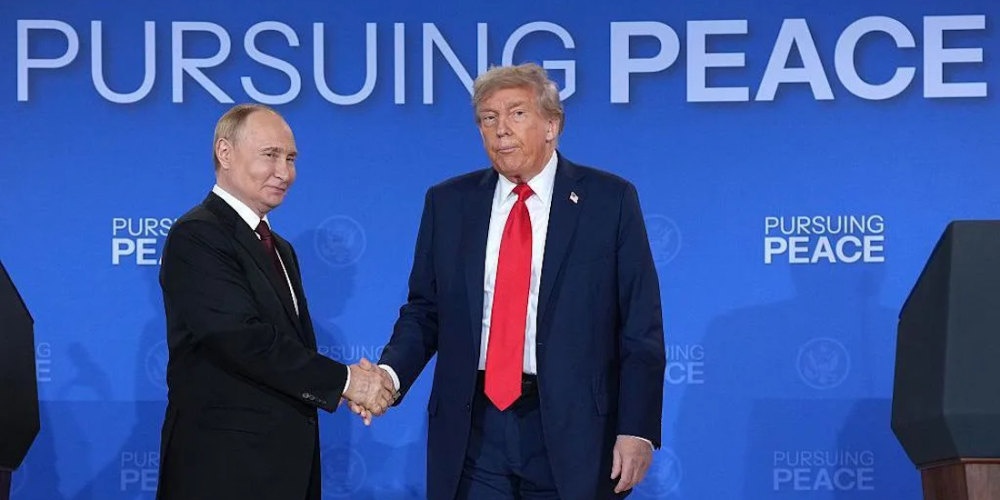
A Choreographed Display of Power and Friendship
The summit’s opening was a spectacle designed to impress. The B-2 bomber flyover, a symbol of Cold War-era U.S. military prowess, was a deliberate nod to Russia’s historical rivalry with the U.S.
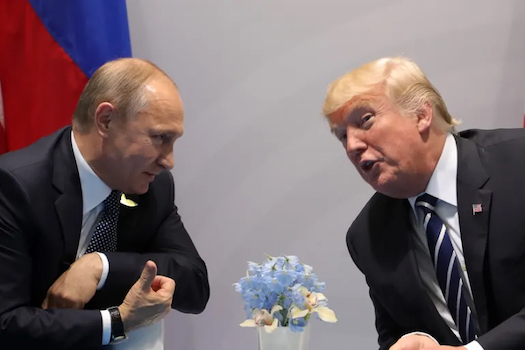
The F-22 jets on the tarmac, stationed just 500 feet (152m) from the red carpet, underscored the strategic importance of Joint Base Elmendorf-Richardson, a key hub for the U.S. Air Force in the Arctic.
The base, located 5 miles (8 km) from downtown Anchorage, also hosts the Northern Edge 2025 military exercise, though the flyover was separate from those drills.
Trump’s decision to invite Putin into “The Beast,” a fortified vehicle costing US$1.5 million (RUB 133 million), was a striking departure from diplomatic norms.
Unlike past summits, where adversaries typically travel separately, the two leaders rode together, laughing and chatting through tinted windows.
Russian media, including Russia Today, celebrated the gesture, with one anchor calling Trump “extremely friendly.” However, U.S. critics, including the Call to Activism group, decried the move, accusing Trump of “bending to Moscow” on live television.
Ceasefire Hopes Dashed Amid Diplomatic Tensions
The summit’s agenda centered on securing a ceasefire in the Russia-Ukraine war, now in its fourth year.
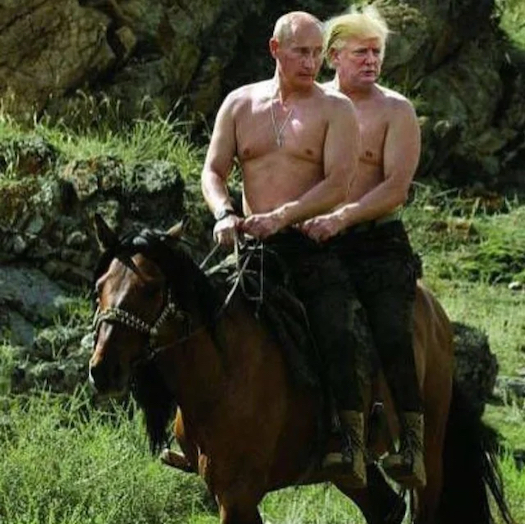
Trump had signaled optimism, telling European leaders he aimed to avoid discussions of territorial divisions, though he earlier suggested “land swapping” might occur.
Ukrainian President Volodymyr Zelenskyy, notably absent from the talks, warned that decisions made without Ukraine’s input would be meaningless.
His exclusion alarmed European Union allies, who feared a U.S.-Russia deal could undermine Kyiv’s sovereignty.
Inside the summit, the talks expanded from a one-on-one meeting to a three-on-three format, including U.S. Secretary of State Marco Rubio, Special Envoy Steve Witkoff, Lavrov, and Ushakov.
Despite hours of discussion, no joint statement emerged.
Putin, speaking at a press conference, insisted that Russia’s security concerns, including Ukraine’s potential NATO membership, must be resolved.
He invited Trump to Moscow for further talks, a proposal Trump described as “maybe” happening soon.
Trump called the talks “extremely productive” but admitted “a few points” remained unresolved.
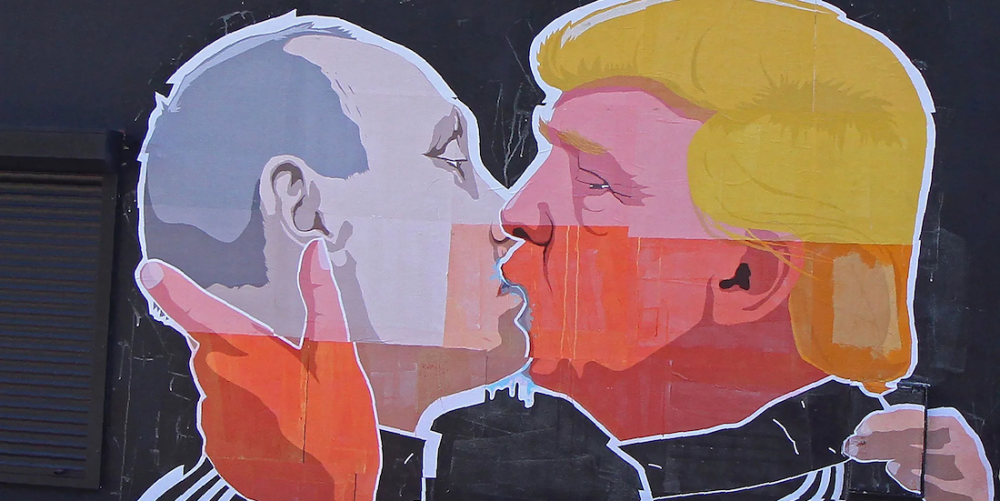
Public and Political Reactions Highlight Divide
The summit’s optics sparked polarized reactions. In the U.S., 59% of Americans lack confidence in Trump’s ability to handle Russia, according to a Pew Research Center survey conducted August 4-10, 2025.
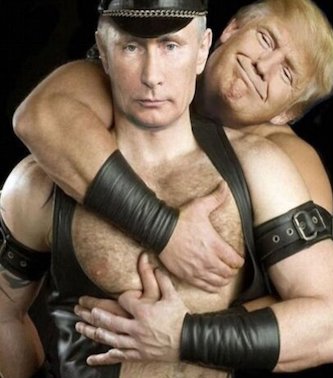
Critics, including columnist Julia Davis, called the limousine ride “sickening,” contrasting it with Trump’s earlier berating of Zelenskyy in February 2025.
During that White House meeting, Trump accused Zelenskyy of disrespect and gambling with World War III, a stark contrast to his warm reception of Putin.
Russian media, meanwhile, framed the summit as a diplomatic triumph.
Margarita Simonyan, editor of Russia Today, posted on X that the handshake was a moment “haters” had awaited, while dismissing U.S. journalists’ questions about Ukraine’s civilian casualties as biased.
The RT X account mocked American reporters, likening them to “the Kiev School of Journalism.”
On the ground, reporters shouted questions at Putin about civilian deaths, but he gestured as if unable to hear, maintaining his composure.
What Lies Ahead for Ukraine and U.S.-Russia Relations?
The lack of progress in Anchorage leaves the Russia-Ukraine war’s resolution uncertain. Trump’s insistence on a rapid ceasefire—reiterated aboard Air Force One, where he said, “I want the killing to stop”—clashed with Putin’s focus on Russia’s long-term security.
The summit’s failure to include Zelenskyy or European leaders raised
concerns about U.S. foreign policy priorities, with 50% of Americans
believing the U.S. has a responsibility to aid Ukraine, per Pew survey.
Analysts suggest a second meeting, potentially including Zelenskyy, could occur, though no timeline was confirmed. Trump’s reference to a possible follow-up summit with European leaders indicates a broader diplomatic effort may be needed.
For now, the Alaska summit, costing an estimated US$10 million (RUB 890 million) for security and logistics, serves as a reminder of the challenges in bridging the U.S.-Russia divide. As Putin grinned from “The Beast,” the world watched a display of diplomacy that, while visually striking, left peace in Ukraine as elusive as ever.

Summary
On August 15, 2025, President Donald Trump welcomed Russian President Vladimir Putin to Alaska for a summit to address the Russia-Ukraine war. Despite a red carpet, military flyover, and a shared ride in Trump’s limousine, no agreements were reached. Trump expressed frustration, while Putin remained noncommittal, suggesting only a vague possibility of future talks. The summit highlighted tensions and the challenges of achieving peace in Ukraine.